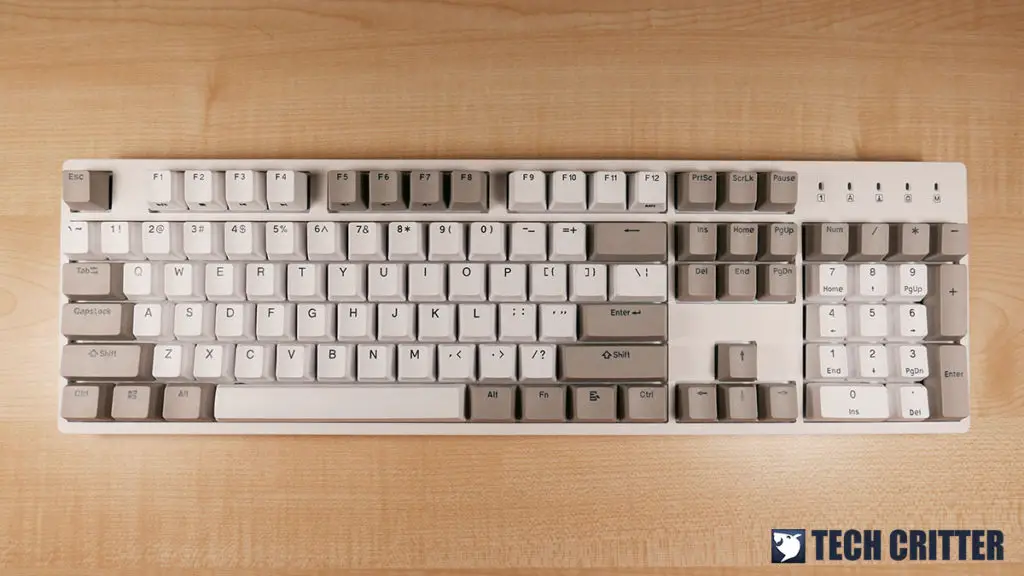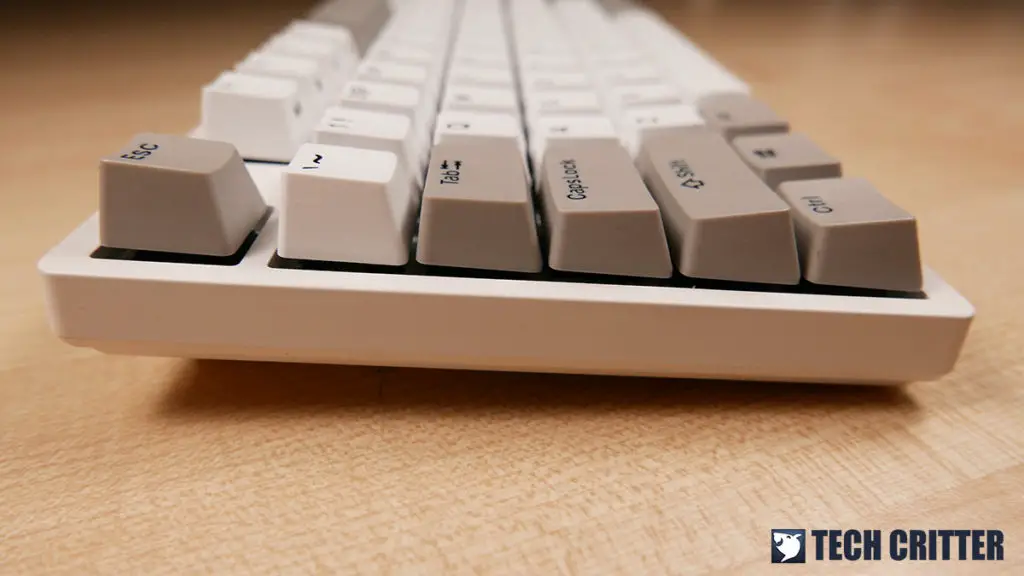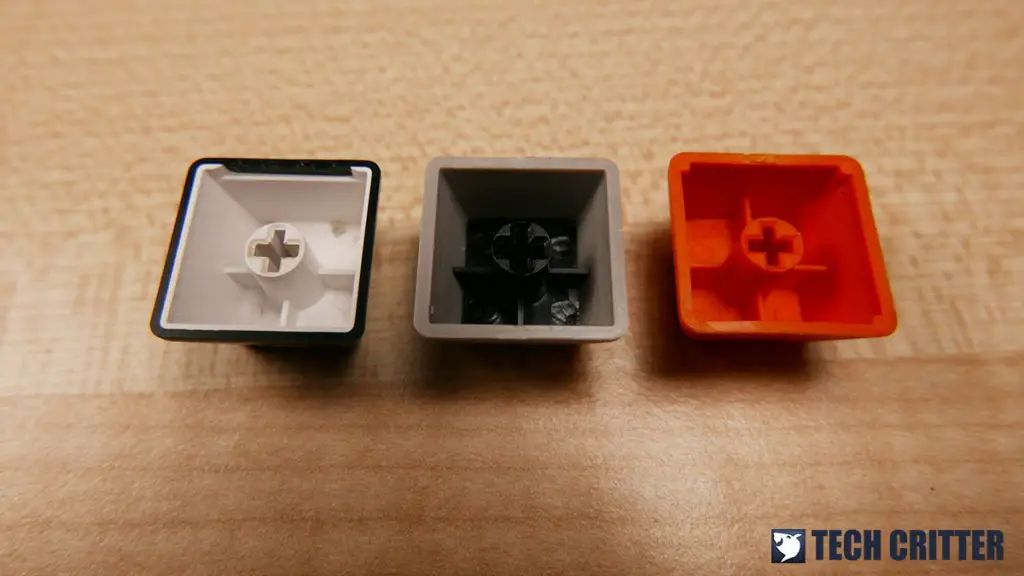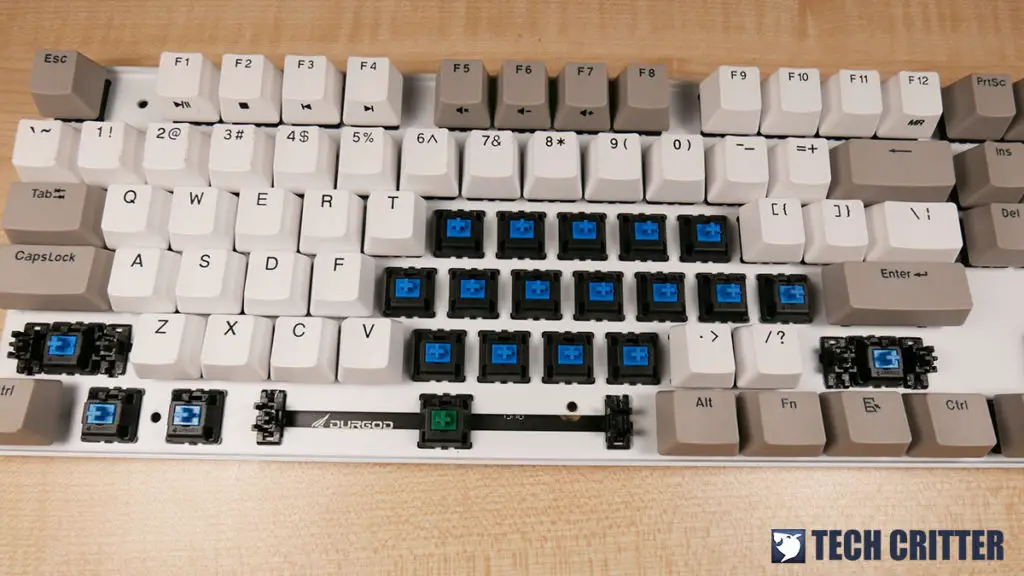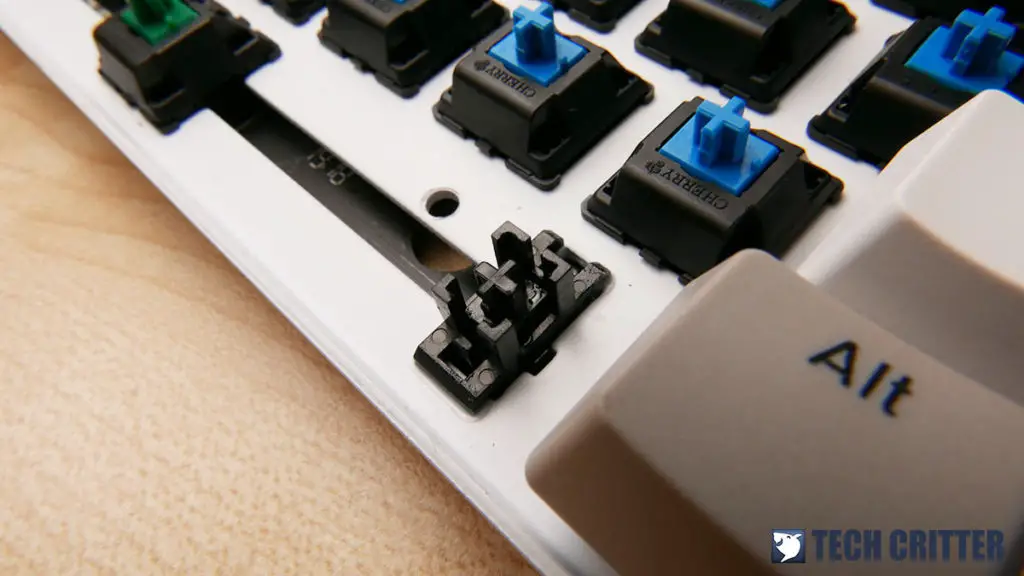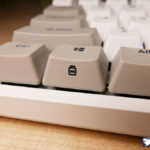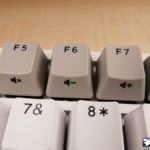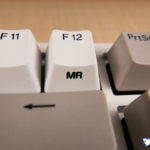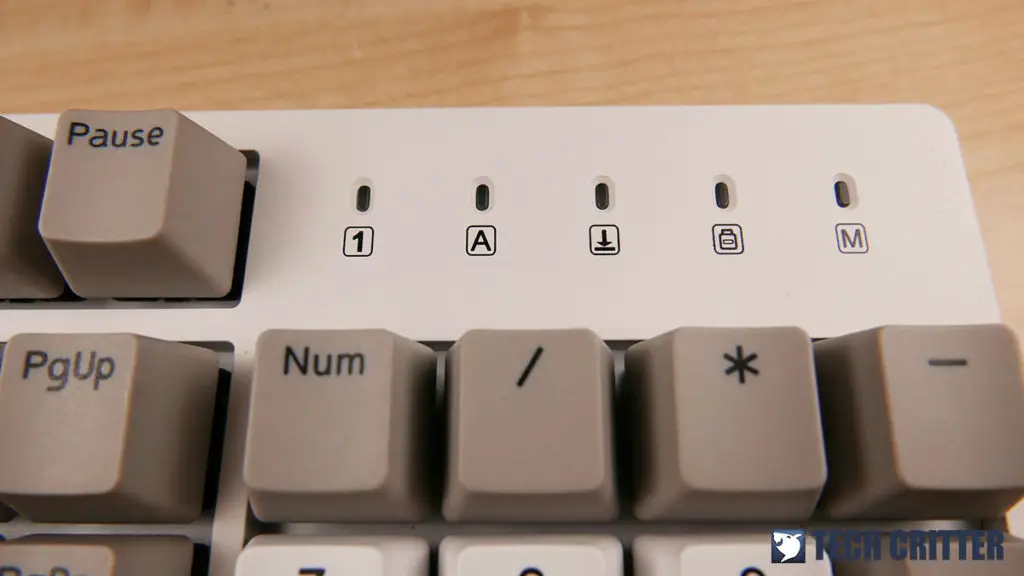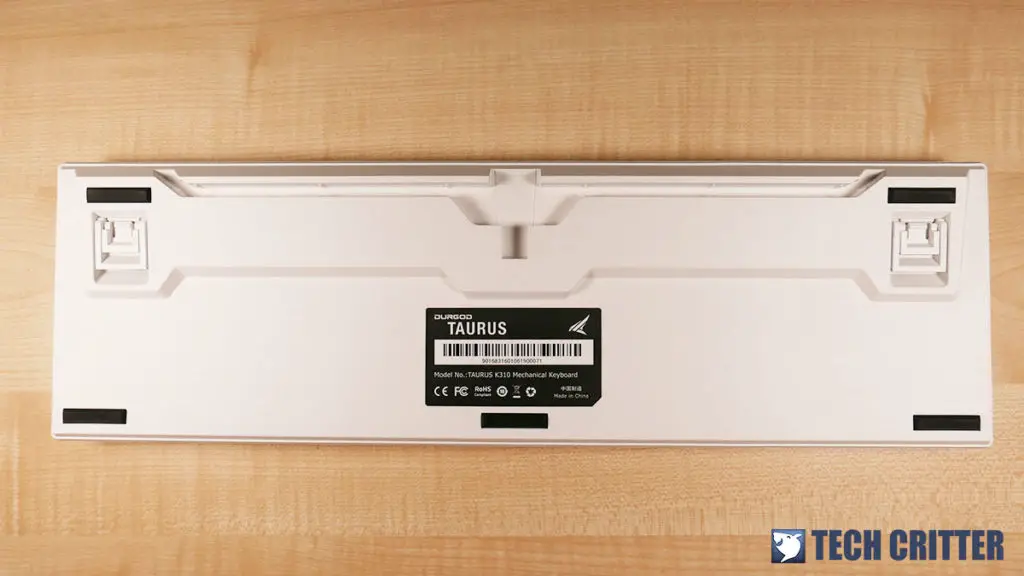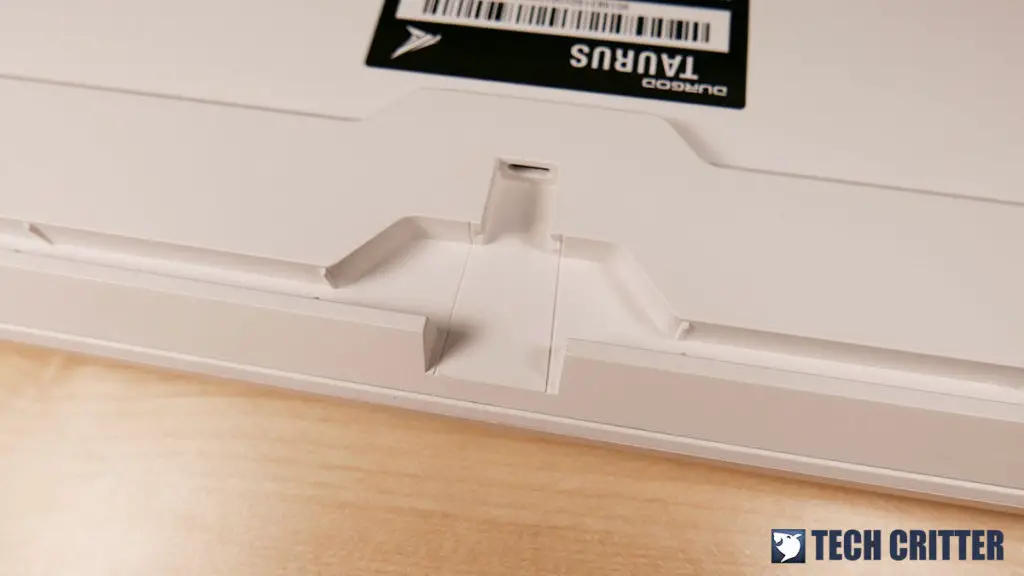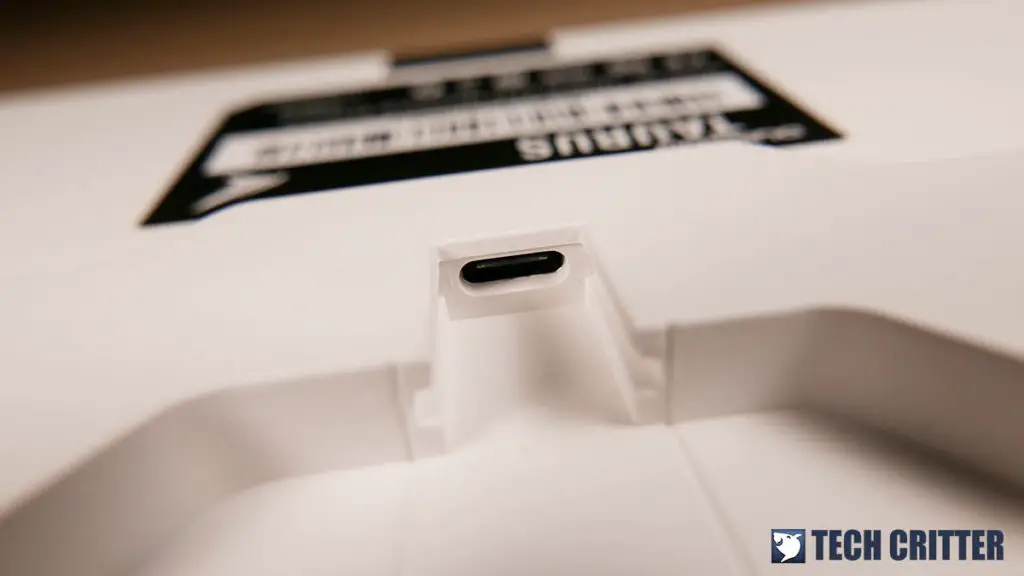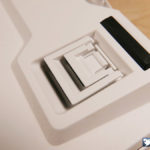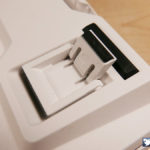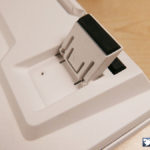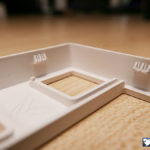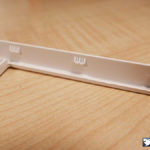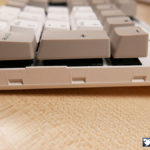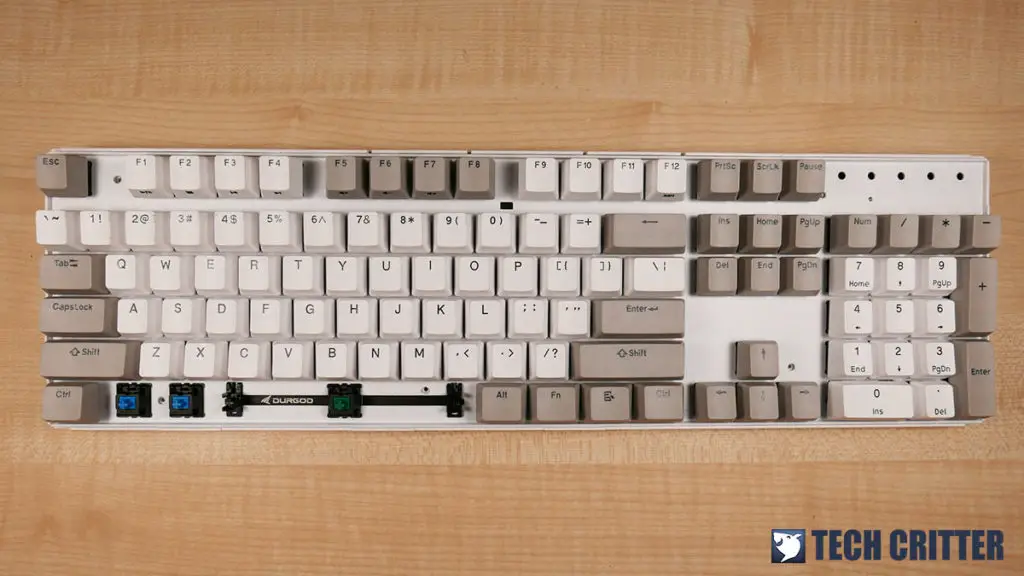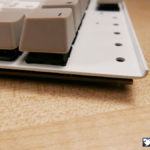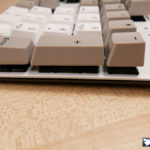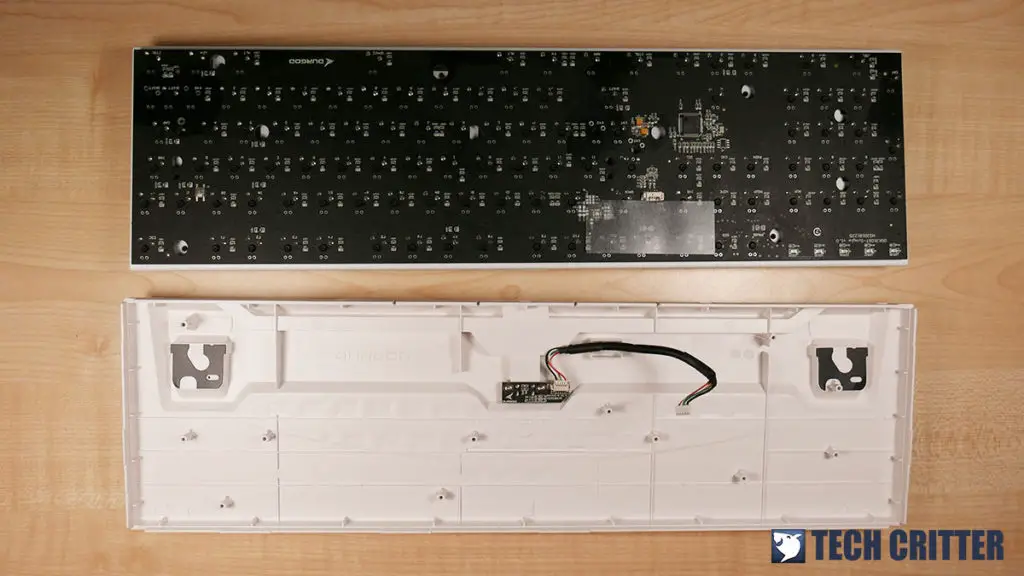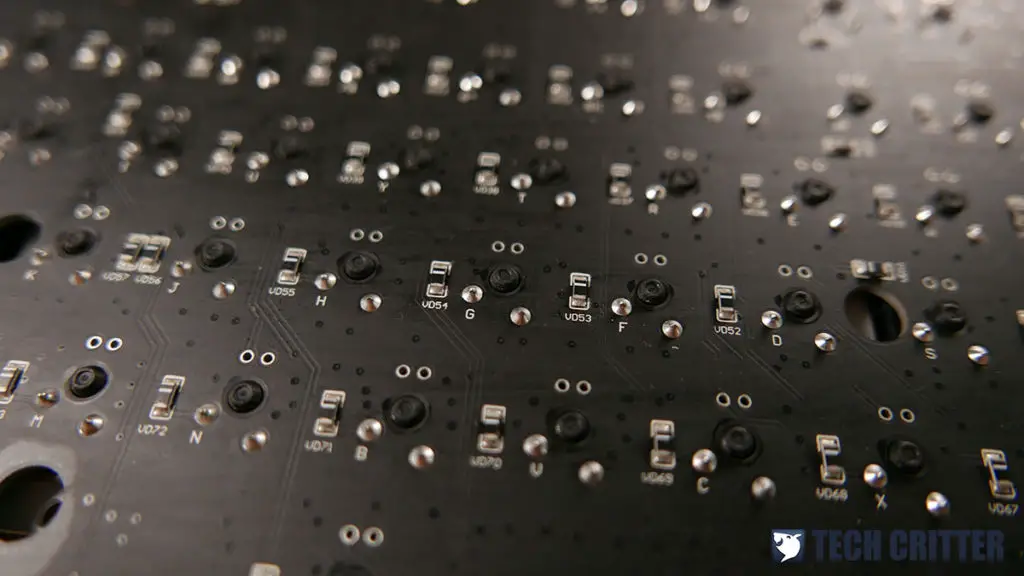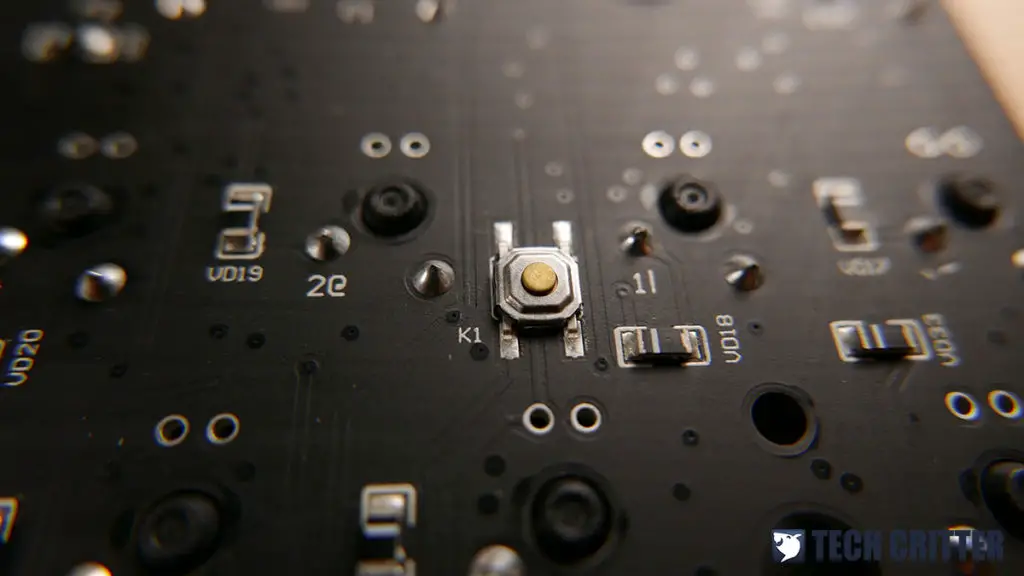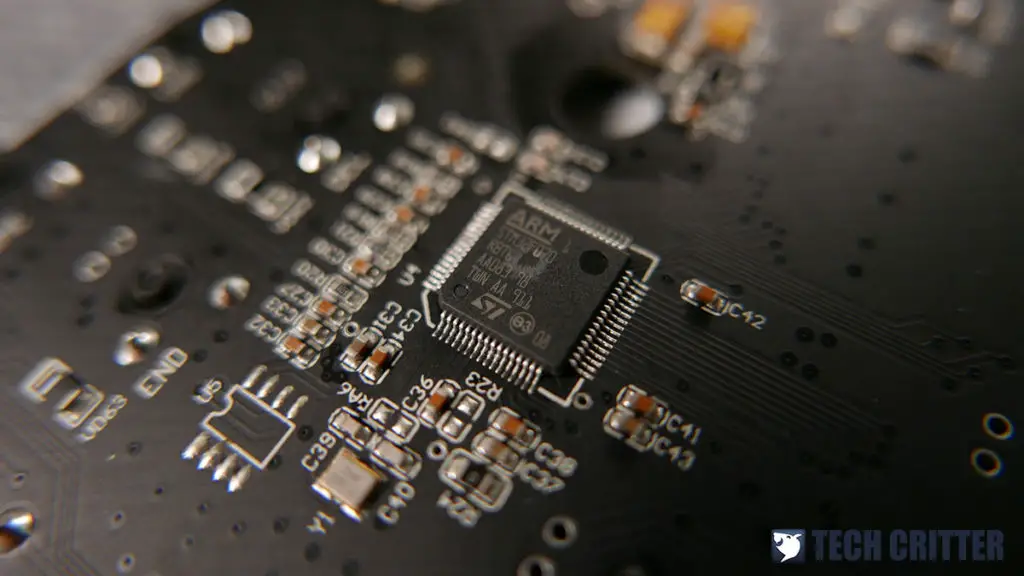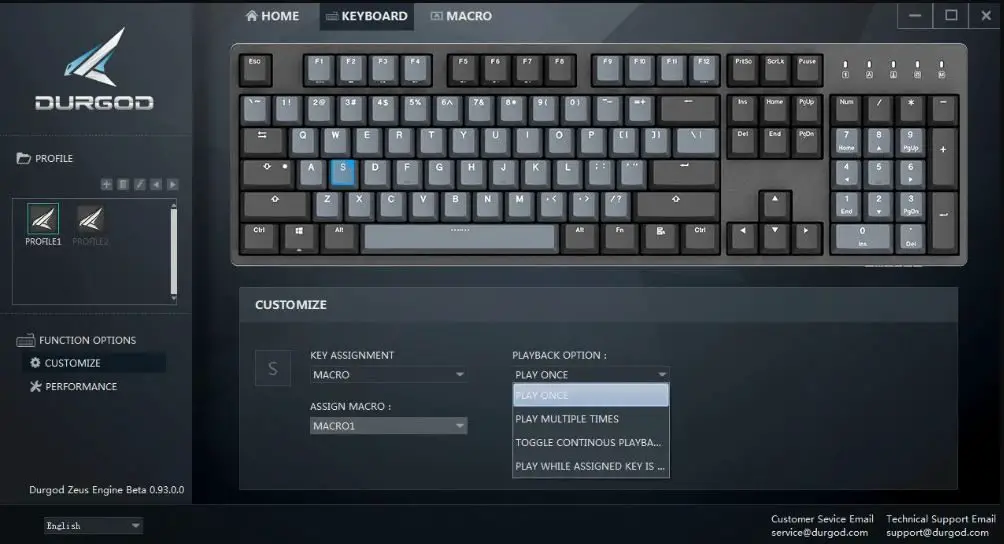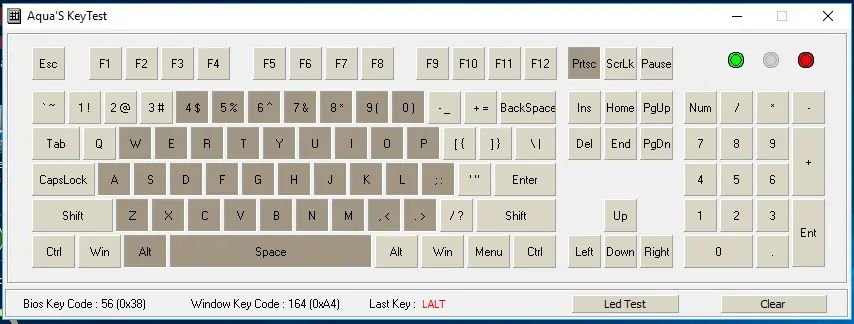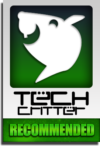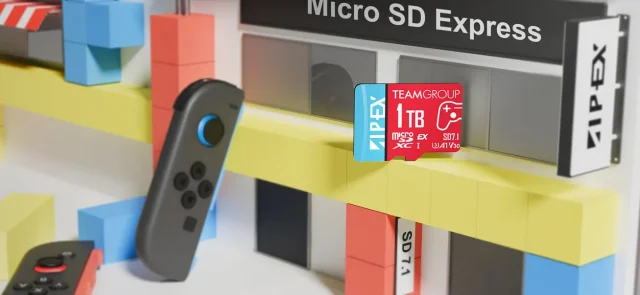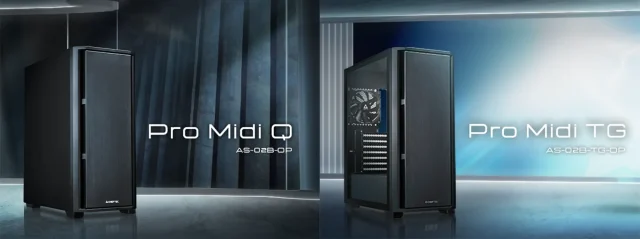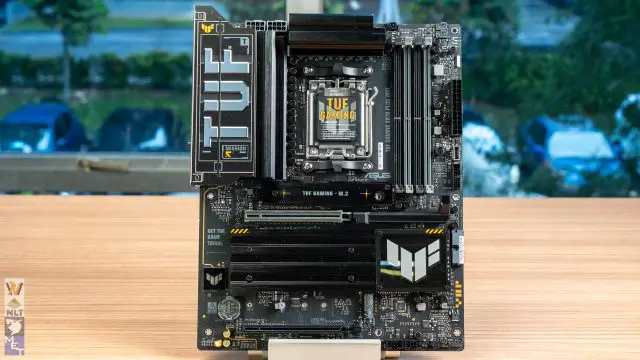When it comes to mechanical keyboards, online stores like Taobao is probably one of the places that offers pretty much all the mechanical keyboards in every segment that will somehow fit your budget. Durgod is one of the prominent brands that you’ll find there and the keyboards they have are actually pretty well built, at least that’s how we feel during our visit to their booth at Computex 2019.
The Durgod Taurus K310 we have here is the first Durgod keyboard in the lab but let’s proceed with the usual test method as see what kind of build quality and features can we expect from this keyboard.
Specifications
| Model | Taurus K310 |
| Material | Plastic |
| Layout | ANSI |
| Keycaps | PBT Doubleshot |
| Housing Color | Space Gray / Natural White |
| Key Rollover | NKRO |
| Software Support | DURGOD Zeus Engine |
| Cable Length | 1.6m |
| Interface | USB Type-C |
| Dimensions | 439 x 133 x 25 mm |
| Weight | 1.1kg |
| Accessories |
|
Durgod Taurus K310 Mechanical Keyboard
The Taurus K310 comes in two different colors (space gray or natural white) and we have here is the natural white model that comes with a set of PBT doubleshot keycaps set that has a similar color scheme as a WYSE ASCII keyboard. Unlike most of the budget gaming keyboards with large and weird-looking fonts, the type of fonts used on the keycaps is actually very decent.
The keycaps profile is the standard OEM height, which forms the so-called ergonomic curve that some brands will emphasize on. Keycaps profile aside, the keyboard case actually looks very similar to a Ducky One, which gives it a slimmer looking profile if viewed from the side.
We compared the keycaps on the Taurus K310 with some of the PBT keycaps we have and the thickness is pretty reasonable and the clean finish is just great.
The Taurus K310 we have here comes with Cherry MX blue switches, not our favorite switch but that’s just our personal preference. You’ve probably noticed the heavier Cherry MX green used on the spacebar, which is a pretty common practice used by some brands to prevent accidental actuation on longer keys i.e spacebar, left and right shift, backspace, enter key and the longer keys on a Numpad.
Like most keyboards you’ll find in the market, the Taurus K310 also comes with Cherry stabilizers for the longer keys. Traces of lubricant can be found on the stems of the stabilizers, which shows that Durgod did actually put in some effort to make its keyboard better.
There are also a number of function keys available on the Taurus K310 which can be triggered by holding down the FN key together with the labeled keys to trigger specific functions i.e multimedia controls, Windows key lock, and onboard profile trigger.
The indicator LED is a bit too much for us, but Durgod does have its reason to have five indicator LED on its keyboard instead of three. The first three is the one that many of us are familiar with (Num Lock, Caps Lock, Scroll Lock) and the other two represents Windows key lock and onboard profile status.
Moving on to the base of the keyboard, the design will probably look familiar to you if you own a Ducky keyboard – but that’s not really an issue as long as it gets the job done. A total of 5 rubber feet can be found around the edge of the base, which helps to provide enough grip to prevent sliding during usage.
Although the cable route path doesn’t seem to have a sharp bend like the one you’ll find one some of the budget keyboards, we don’t really recommend bending your cable too often to prevent any unwanted damage to the cable.
Other than having the convenient USB-C interface on its keyboard, Durgod also included a familiar looking guiding rail design on the included USB cable and the USB port area. This helps to hold the cable better to the USB port, as well as making it less prone to accidental damage as compared to other OEM USB-C cables.
As for the keyboard feet, the Taurus K310 comes with two-level adjustable keyboard feet for those who prefer a raised angle. Rubber pads can be found on both the keyboard feet as well, which is mean to provide some extra grip on the desk in case if the keyboard feet are raised.
Teardown
Taking apart the Taurus K310 can be troublesome if you don’t have a proper plastic pry tool, as the top frame of the case is secured to the base with a clip-on locking mechanism. We don’t recommend taking the case apart by force, as improper handling will break the clips on the top frame – you definitely don’t want that to happen.
Upon removing the top frame, you’ll find the screws that secure the keyboard PCB to the base of the case on some of the areas covered by the top frame. The location of these screws doesn’t require you to remove any keycaps, which is rather convenient if you plan to mod this keyboard or swap it to a different but compatible case.
The metal plate is surprisingly thick and heavy, which explains the weight and the solid landing when bottoming the keys.
Since the USB type-C port comes as a separated PCB that is connected to the main PCB with a detachable cable, you can easily migrate the PCB to a custom case that comes with its own USB interface just like this.
Even before we decided to do a teardown on this keyboard, the decent build quality and material used make us no longer surprised after seeing the clean solder joints at the back of the PCB.
In case if you wonder, this is reset switch which can be triggered by poking the pinhole located under the keyboard feet.
A 32-bit ARM processor can be found on the PCB as well, and unlike lower-end microprocessors, it has higher memory bandwidth which allows more data to be stored in keyboard making macros possible and even increase the macro length.
User Experience
The overall typing experience is pretty okay even though we’re not really a fan of the clicky Cherry MX blue switch. It doesn’t feel as hollow like some budget mechanical keyboard when you bottom the keys, thanks to the reasonably thick PBT doubleshot keycaps. Bottoming longer keys feels pretty okay as well, as Durgod has slightly tuned with some grease on the stems of the stabilizers. It’s not super great but at least the effort is there.
Since it doesn’t come with any RGB lighting, we didn’t really expect the keyboard to have any software to customize the functions and lightings – we were wrong. Through the Durgod Zeus Engine, you can adjust the USB polling rate, assign macro to the keys on the keyboard and save it to the onboard profile which can later be trigger with FN+F12. Pretty neat even though it’s not something new in the market.
As for the key rollover of this keyboard, there’s nothing much to worry about as the Taurus K310 supports NKRO over USB interface. While we can’t think of any possible work or games that require one to press down all 104 keys at once, it’s still a good feature to have if you need to press more than 6 keys at once.
Final Thoughts
We’ve used the Durgod Taurus K310 as our daily driver for the past few weeks and we can say that it’s definitely one of the good keyboards you can get from Taobao that is actually worth the money. It has a strong resemblance to a Ducky One that we’re using as our travel keyboard and the surprisingly good build quality is something that not many would expect from a ‘China brand’.
The Durgod Taurus K310 is available on Taobao at the price of 519 RMB (approximately RM305 not including shipping), it might sound a little pricey for a budget mechanical keyboard but the use of Cherry MX switches, reasonably thick PBT doubleshot keycaps, slightly tuned stabilizers, USB Type-C interface, and programmable macro keys are some of the features that are rarely seen on a mechanical keyboard at this price range and Durgod actually included these features to Taurus K310.
We have yet to see any local distributor for this brand here in Malaysia at the moment, but it’s definitely worth the risk if you’re planning on switching from a non-Cherry MX switch budget mechanical keyboard to one that uses Cherry MX switches under RM400.


